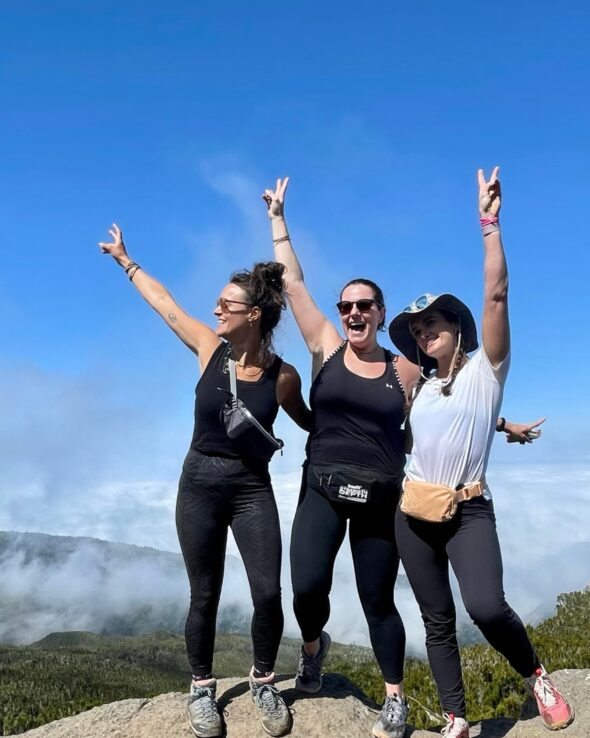The backcountry beckons with pristine powder and untouched slopes, but beneath that beauty lies a hidden danger: avalanches. For adventurous souls, navigating snowy landscapes requires knowledge and respect. One crucial skill? Recognizing avalanche terrain. This knowledge empowers you to make informed decisions and choose safer routes, turning your snowy adventure into a thrilling memory, not a nightmare.
This article is to help you identifying avalanche terrain, but remember, it’s just the first step. Formal avalanche safety training is essential. Consider enrolling in courses offered by organizations like AIARE or the American Avalanche Institute, or seek guidance from experienced mentors or professional guides.
Understanding the Avalanche Threat
Avalanches occur when three elements converge: unstable snow, a steep slope, and a trigger. The good news? As a backcountry traveler, you can significantly reduce your risk by avoiding avalanche terrain – the areas where these elements collide. Imagine a scenario: you’re on a stable slope, so even if you trigger an avalanche, it wouldn’t occur because the slope itself isn’t prone to slides.
Spotting Avalanche Terrain: Clues in Your Surroundings
Avalanche terrain can be anywhere an avalanche can start, run, or stop. While some clues are obvious, others are more subtle. Here’s where keen observation skills come in, and practice makes perfect. Don’t rely solely on this article – seek proper training to develop your awareness.
-
Slope Angle: This is a significant factor. Avalanches typically initiate on slopes between 30 and 45 degrees. Steeper slopes may not hold enough snow, while shallower slopes generally lack the incline for a slide. Always assess the slope you’re on and those above you. If you’re on a safe, low-angle slope but stand beneath a steeper incline, you could still be caught in an avalanche sweeping down from above.
- Pro Tip: An inclinometer, a handy and affordable tool, can help you measure slope angles. Some compasses and even ski poles have built-in inclinometers. There are also smartphone apps, but be aware that electronic devices can interfere with avalanche transceivers. Practice estimating and then confirming slope angles in controlled environments like maintained trails or ski resorts.
-
Tree Clues: Vegetation reveals a lot about avalanche paths. Here’s what to look for:
- Missing Trees Below the Tree Line: Large swaths of missing trees or dense forests bordering open areas often indicate past avalanches.
- One-Sided Branches: Trees with branches only pointed downhill are a telltale sign of avalanches shearing off branches as they travel downslope.
- Broken Trees: Multiple broken trees above ground level can signal past large avalanches.
-
Identifying and Avoiding Terrain Traps: These are features like gullies, rocks, cliffs, or trees that can worsen the consequences of an avalanche. Look out for these and find ways to avoid them. Here are some examples of terrain traps to steer clear of:
- Gullies, Roads, and Flat Benches: These areas concentrate snow during an avalanche, potentially burying you deeper and reducing your survival chances.
- Rocks and Trees: A fast-moving avalanche can slam you into these objects, causing serious injuries.
- Cliffs, Crevasses, Lakes, and Creeks: The force of an avalanche can break through ice or push you into these hazards.

Finding Safer Routes: Where to Explore Confidently
Now that you have a basic understanding of avalanche terrain, let’s explore safer travel zones. Remember, navigating snow-covered mountains often requires complex decision-making.
- Lower-Angle Slopes: Flatter areas like meadows, far from slopes exceeding 30 degrees (especially those directly above you), are generally safer. Snowshoers, for example, can have a fantastic time exploring these areas without venturing into avalanche terrain. Backcountry skiers and snowboarders can often find safe and enjoyable slopes under 30 degrees. Think green circle and easier blue square runs at ski resorts – these are often under 30 degrees.
- Dense Forests: Traveling through areas with dense trees (without the vegetation clues mentioned earlier) is generally safer. However, as you travel, stay aware of slopes above you that could potentially slide.
- Broad Ridgelines: Traveling along broad ridgelines is another safe option because you’re positioned above potential avalanche slopes. Often, you can reach ridges through dense forests, or the ridge itself may start below the treeline.
- Beware of Cornices: These are wind-blown snowdrifts hanging precariously off ridges. It’s difficult to discern solid ground from an overhanging cornice. Stay far from edges and avoid areas where cornices might exist below the surface.
Finding safe terrain is an essential part of trip planning. Use physical maps, online mapping tools, guidebooks, and consult experienced individuals familiar with the area. Remember, backcountry exploration requires respect for the power of nature. By recognizing avalanche terrain and choosing safer routes, you can transform your winter adventure into an unforgettable experience. So get out there, explore, but prioritize safety and knowledge above all else. Happy touring!








